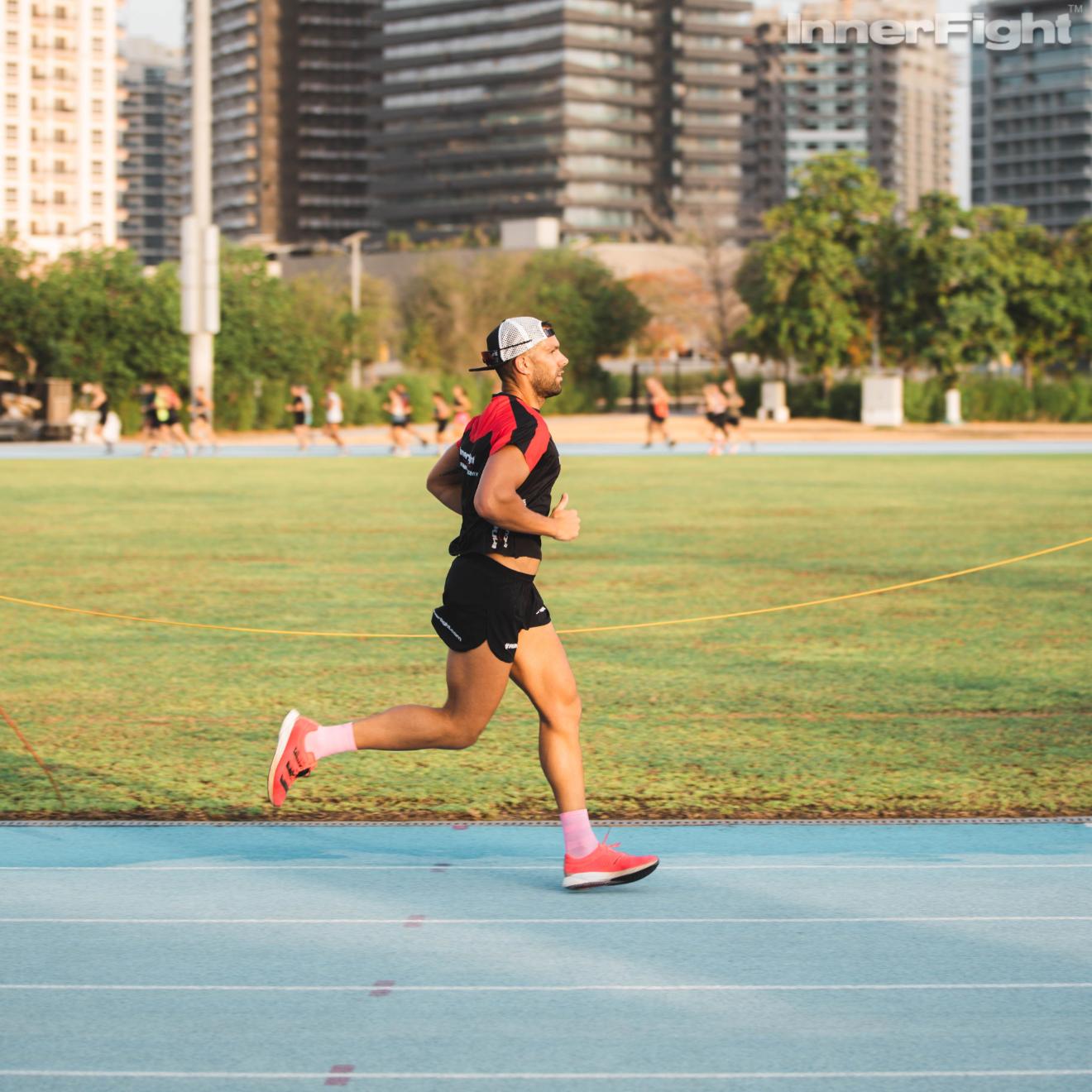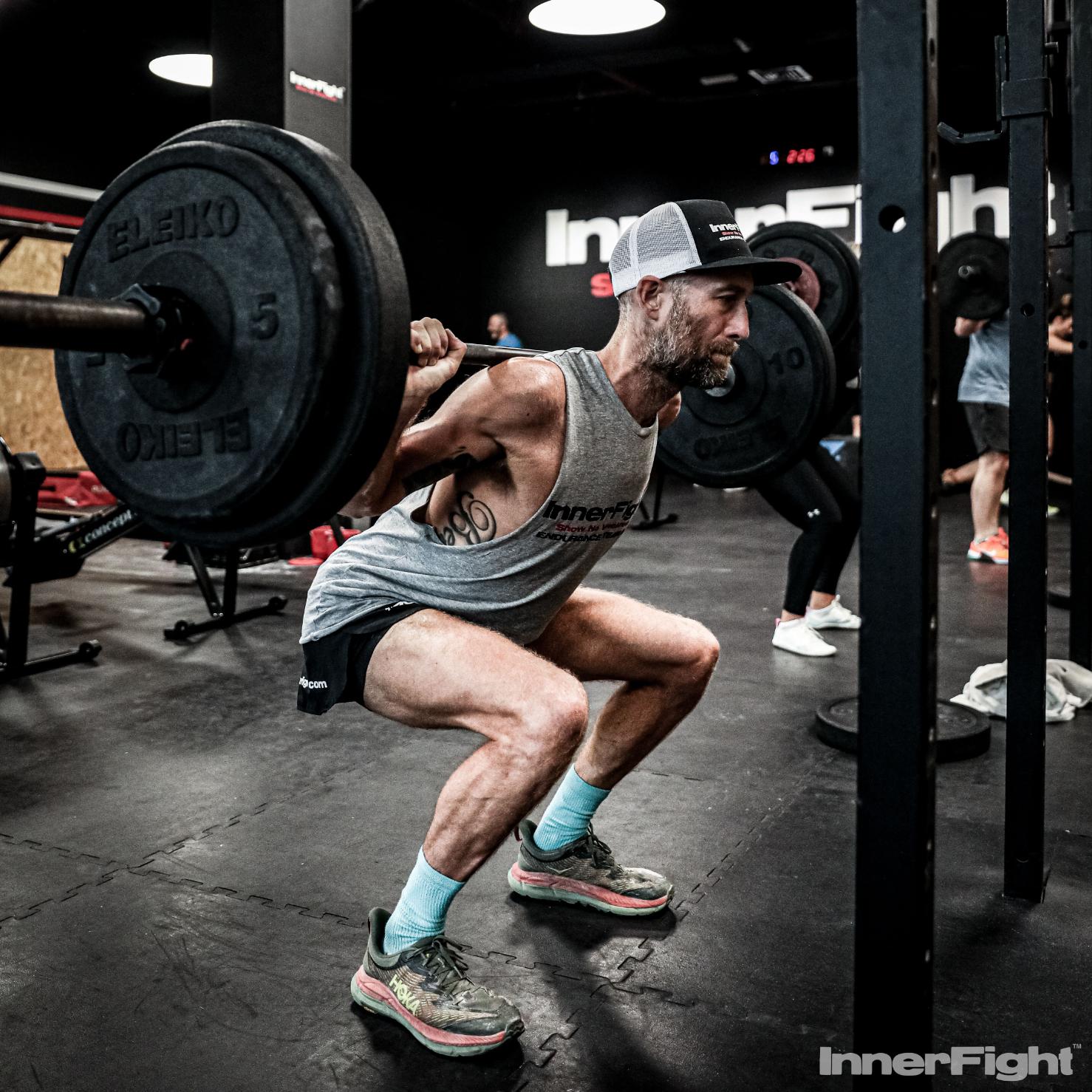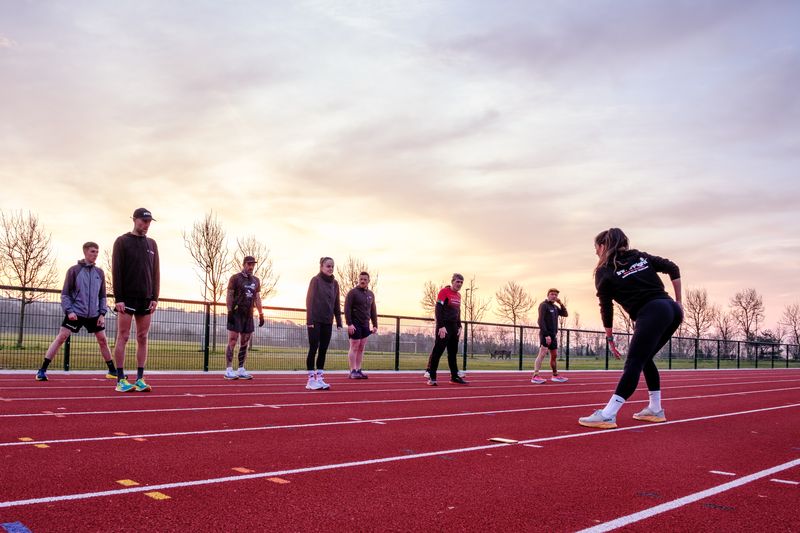How the Forward Lean Helps You Run
.avif)
If you have run a track session with us, then most likely at one stage or another you will have heard the cue “lean forward!”
What are we talking about, how do you action it and how will it help your running?
How Elite Distance Runners use the Forward Lean
If you watch elite runners running long distances or track events you will see a consistent feature in their technique: a pronounced forward lean. As they elegantly advance, their strides create a diagonal alignment from heel to head, with their bodies gently tilting forward.

While a slight forward lean is beneficial in running form, intentionally leaning forward can lead to issues. Changing your form should be approached cautiously, especially if you're not facing running problems.
Gradual adjustments are key, ideally alongside improved mechanics from mobility and strength training. If you don’t have all those pieces of the puzzle then you are opening a can of worms.
Common Mistakes when Implementing a Forward Lean
Simply leaning forward from the waist, a common mistake, can cause strain on the back and hamstrings and make running more challenging. Instead, focus on leaning from the ankles, maintaining a straight body line.
This is a skill and will require speed and training – making track the perfect place to drill it.
Related: Your Key to Unlocking Endurance Greatness
A crucial aspect is that forward lean is speed-dependent. During an easy run, excessive lean is unnecessary, while sprinting requires a dynamic balance to prevent falling. The forward lean demands strength in the core, hips, and feet, making it essential to build strength for sustained form during high-speed and stressful situations.
How to Naturally Develop a Forward Lean
To naturally develop a forward lean, prioritise regular fast running through strides, hill sprints, speed workouts, and racing. Running at higher speeds not only refines the mechanics but also builds strength over time. This should all be supplemented with Strength workouts. After all, a stronger runner has better resilience to injury, better coordination and better overall run form.
Final Thoughts
So rather than consciously forcing a forward lean, focus on running tall and balanced. Creating the right training environment through consistent speed, strength work, and cues from coaches is the key to developing an athletic, economical stride with a natural forward lean.
Fun - Honesty - SIMPLICITY - Smash Life- Mental Toughness - Hard Work








.avif)



